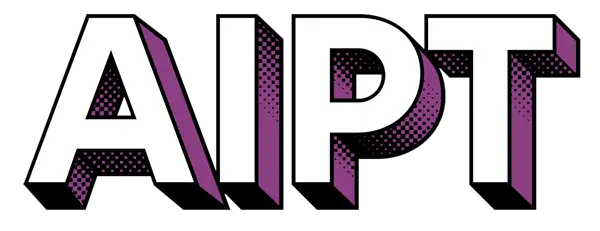[amazon_link asins=’1554511860′ template=’AiPTProductAd’ store=’aiptcomics-20′ marketplace=’US’ link_id=’54e7eaa2-9aa4-4caa-95fe-036dd2be1010′]
When I was a kid, my mom used to gripe at me, “Don’t believe everything you see on TV,” but I always just rolled my eyes and scoffed. While we agree on some topics as adults, we argue about a lot of things — climate change is a hoax, there is no plastic problem, Big Pharma, Big Agriculture, etc. When she calls me to chat over a report on a new study, I often find myself repeating the same back at her with a slight twist, “Don’t believe everything you see on TV … or in magazines, on the internet, in photographs, and especially on the news!”
Why is this happening? Well, mostly because she has refused (and still refuses) to think critically of her sources or take note of her personal bias, simply relying on TV personalities to give her the so-called “fair and balanced” views. I’m eager to prevent myself from falling into the traps, but what if my kids begin to take stock in some of Nana’s conspiracies? Or worse, take on her distrust of “know-it-all scientists”?
What can you do?
Don’t panic
You teach them how to avoid getting sucked down the rabbit hole in the first place, of course, with Diane Swanson’s excellent book, Nibbling on Einstein’s Brain: The Good, the Bad & the Bogus in Science. It’s mind-blowingly good at exploring the depths of critical thinking, doing an excellent job of explaining the intricate details of healthy skepticism and providing great guidance to understanding the inner workings of scientific reasoning and logic.

With this book, your kids will be exposed to terms and concepts like media and personal bias, cognitive dissonance, statistical significance, and more. Swanson does well to explain them carefully and uses them in context smoothly, in a way that makes them easy to comprehend. There’s a glossary in the back for further assistance, but she went a bit further and even added in useful links, books and other publications that can be help. They’re even divided into reading levels.
Her use of funny scenarios and unique subjects makes the book entertaining enough to keep pushing on. Nibbling isn’t a story, it’s more of an encyclopedia. In order to push further and drive home the meaning, Swanson provides real-life events and connects them across space and time to scientists, skeptics, writers, and more.

Making connections
Throughout Nibbling on Einstein’s Brain, there are times when Swanson challenges the reader to come up with answers to situations or even short tests about information. The solutions are in the back, right before the index. There are sections titled “Baloney Buster,” which lead to “Always Ask” sections that provide tips for asking better questions about who is doing research, and how they got their conclusions.

A similar set up is provided with a “Media Alert” and “Always Ask” sections to make sure you’re not being fooled by the way the media reports findings and statistics. To keep you from getting tangled up in your own bias and mental pitfalls, there are “Mind Trap” and “Always Think” tricks. There’s also an entire chapter dedicated to “Winning Strategies,” that discusses things like requesting quality coverage of news stories from local stations, asking scientists to explain their work to others, or even speaking up to your government officials to request consumer protection from bad advertising that misrepresents scientific data.
On the whole, this book is amazing. I didn’t find any glaring issues but was bothered that, on occasion, Swanson uses vague statements like, “Some newspapers printed …,” and “One newspaper staffer regularly ….” These types of statements are troublesome, being they’re part of a book that expresses how vital it is to back your claims up. Though strange to see no sources linked for mentions like that, there weren’t enough to detract much from the book.

Mentally mouthwatering
While Nibbling on Einstein’s Brain was written for young adults and teens, it’s also a brilliant read for any adult who wants to brush up on their critical thinking skills. I even gave it to my 10-year-old, and though he didn’t understand all of it, he said he learned a lot about how to think more on how studies are reported on TV, and how statistics are sometimes twisted. He even suggested we let his Nana read it, though I doubt that would go over very well.
This book would make a fantastic addition to every library or home. It was a great full read-through, but could easily make for a handy reference material once it’s done. If everyone could just take away one or two pieces of this and employ it them their points of view, the world of pseudoscience and “alternative facts” would implode. The first step in combating our world of disinformation is to arm ourselves with knowledge, and Nibbling on Einstein’s Brain is a great way to begin!
AiPT! Science is co-presented by AiPT! Comics and the New York City Skeptics.
Join the AIPT Patreon
Want to take our relationship to the next level? Become a patron today to gain access to exclusive perks, such as:
- ❌ Remove all ads on the website
- 💬 Join our Discord community, where we chat about the latest news and releases from everything we cover on AIPT
- 📗 Access to our monthly book club
- 📦 Get a physical trade paperback shipped to you every month
- 💥 And more!














You must be logged in to post a comment.